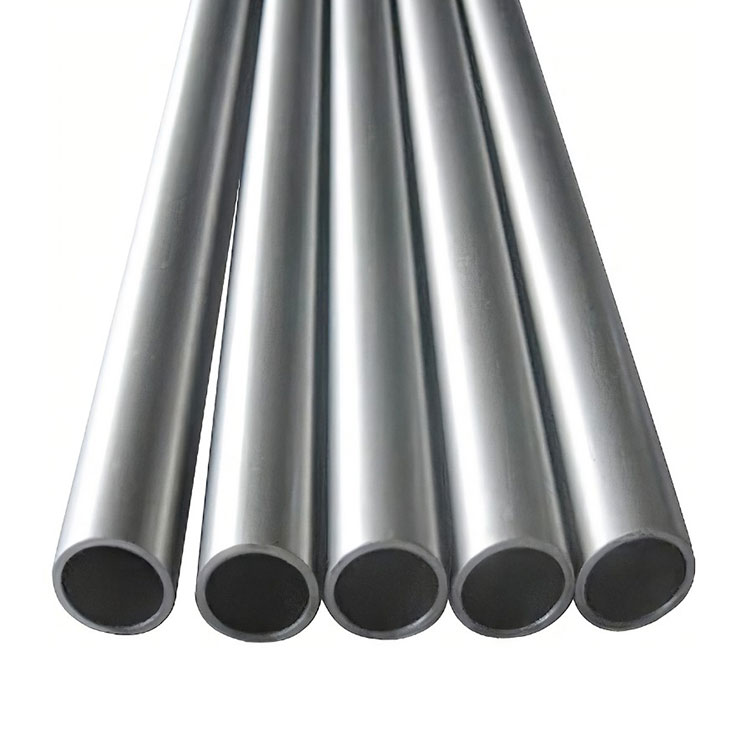Understanding Zirconium Ceramic: Properties and Applications
2024-12-11
Zirconium ceramic is one of the most versatile and durable materials used across a variety of industries today. Its unique properties make it a valuable component in fields ranging from healthcare to aerospace. In this blog, we will explore what makes zirconium ceramic special and its diverse applications.
What is Zirconium Ceramic?
Zirconium ceramic is derived from zirconium dioxide (ZrO2), a crystalline oxide of zirconium. Known for its strength, thermal stability, and resistance to wear and corrosion, zirconium ceramic is often referred to as "ceramic steel" due to its exceptional toughness and durability.
Key Properties
1. High Strength and Toughness: Zirconium ceramic is extremely hard and can withstand heavy mechanical stresses.
2. Thermal Stability: It maintains its structural integrity at high temperatures, making it ideal for high-heat environments.
3. Corrosion Resistance: It resists chemical reactions with acids, alkalis, and other harsh substances.
4. Low Thermal Conductivity: Unlike metals, zirconium ceramic has low heat transfer rates, making it suitable for insulation.
5. Biocompatibility: It is non-toxic and biocompatible, making it safe for medical and dental applications.
Applications of Zirconium Ceramic
1. Medical and Dental Fields:
- Used in dental crowns, bridges, and implants due to its aesthetic resemblance to natural teeth and biocompatibility.
- Employed in orthopedic implants for its strength and wear resistance.
2. Aerospace and Automotive Industries:
- Found in jet engine components, bearings, and other high-stress parts.
- Used in automotive sensors and fuel cell components.
3. Industrial Applications:
- Ideal for cutting tools, blades, and grinding wheels due to its hardness.
- Utilized in chemical processing equipment for its resistance to corrosion.
4. Electronics:
- Serves as an insulator and substrate in electronic circuits and components.
Zirconium ceramic’s unique combination of properties makes it an indispensable material in modern technology and industry. Its ability to perform under extreme conditions ensures its continued relevance in innovative applications.



